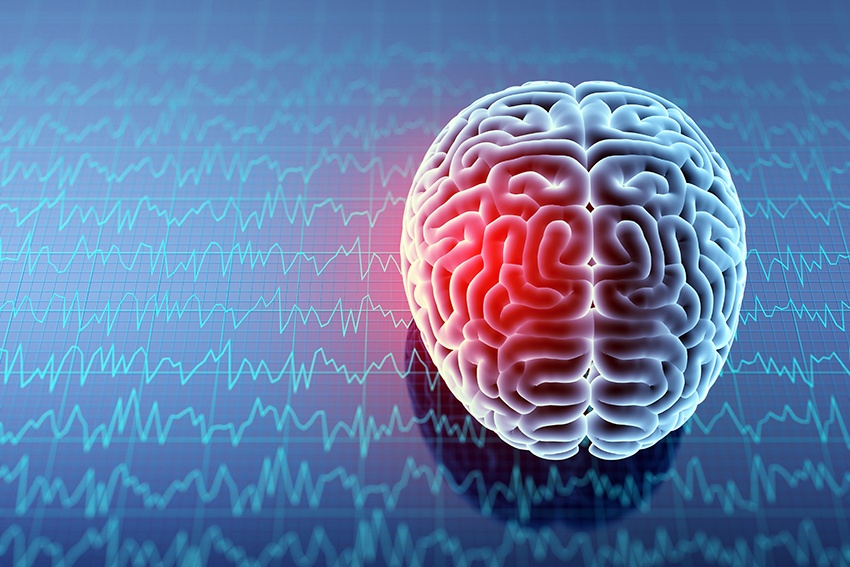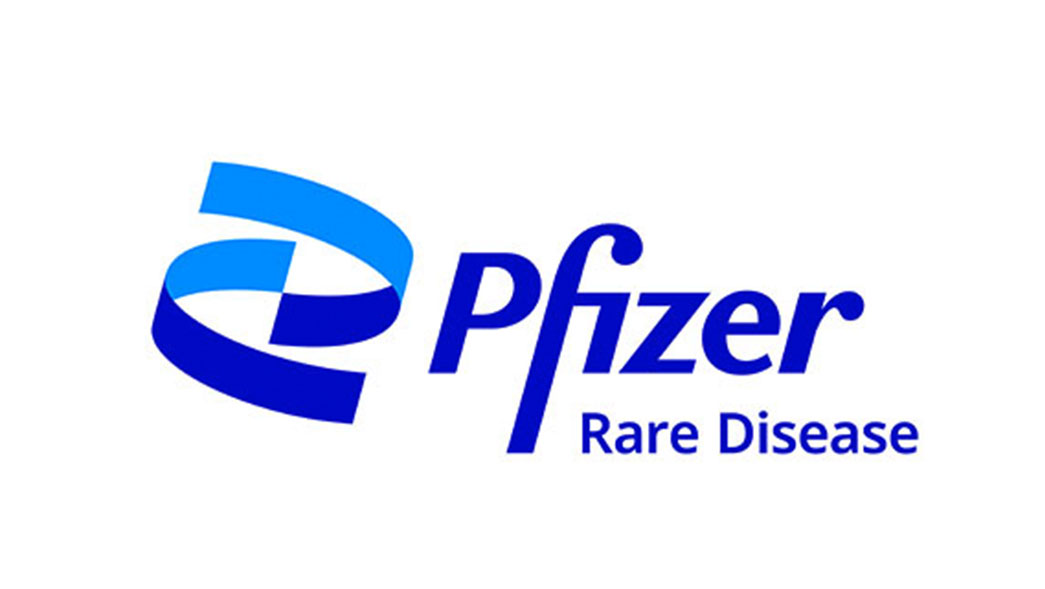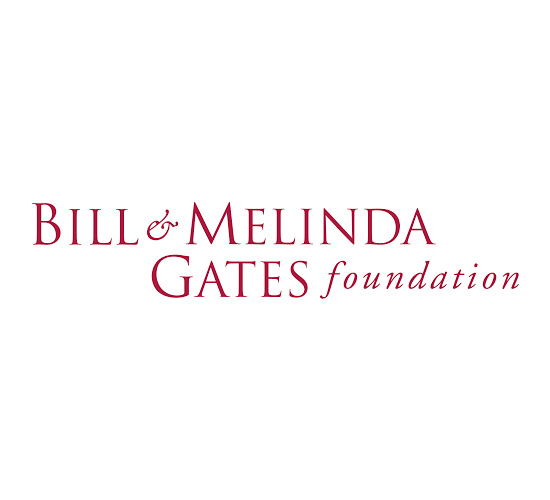By Gene A. Lambey
Special to the AFRO
March is Brain Injury Awareness Month, offering a time to bring attention and support to an issue often overlooked in the Black community.
The Brain Injury Association of America (BIAA) reports that “every year, an estimated 2.8 million Americans suffer from a traumatic brain injury (TBI),” totaling to “more than five million Americans with permanent brain injury related disabilities.”
Dr. Rebecca Timko, of the Clarity Brain and Body Clinic in Bethesda, Md., works with athletes, people who have been in car accidents, employees who have experienced work place injuries and those who have suffered brain trauma from domestic violence or military service.
Timko recently spoke with the AFRO about TBIs and acquired brain injuries (ABIs).

(Photo courtesy of Bowling Green State University)
“[ABIs] are a broad group of injuries, encompassing anything that is an injury to the brain after birth. It encompasses both non-traumatic brain injuries and TBIs,” said Dr. Timko. “Non-traumatic brain injuries are caused by internal body factors: strokes, tumors and infections. The ABI category encompasses TBIs caused by external forces to the body and to the brain.”
Dr. Timko spoke about concussions.
“There is nothing mild about a concussion,” said Dr. Timko. “It doesn’t mean the effects on the individual are mild at all–that is just how it is categorized.”
According to Dr. Timko, concussions are diagnosed based on a range of symptoms. A series of tests are set with patients.
The BIAA listed headaches, blurred vision, dizziness, loss of consciousness, ringing in the ears, slurred speech and nausea as just some of the symptoms of a concussion. Cognitive and behavioral dysfunctions may occur as well such as mood swings, brain fog, lack of concentration and slowed reaction time.
“It’s not diagnosed on things like imaging. An x-ray, CT or MRI in a mild concussion won’t show anything…the brain cells are disrupted and that can cause problems with the communication between cells and disruption of pathways. Unless it’s a more severe type of injury with some sort of fracture or brain bleed, [nothing] will show up on imaging,” said Dr. Timko.
As more and more Black and Brown students and adults branch out into sports outside of the traditional football, basketball and baseball offerings, doctors are stressing the importance of safety on the soccer field.
“Concussions occur in different sports. [The] most well-known are hockey and football, but soccer is in the top three. The top rate of concussion is male football. The number two right now is [women’s] soccer. Not a lot of people talk about that,” said Dr. Timko.
She explained that women’s soccer has the second highest rate of concussions among players because women have “less strong musculature in their necks,” making the impact much more severe compared to men.
“Men are generally more physical but have lower rates of concussion compared to girl’s soccer because of that anatomy,” said Dr. Timko. “[Generally] in most sports, women suffer higher rates of concussions due to those factors; neck muscles, hormones and different ways to play the game.”
“The research is showing ‘heading’ is a big discussion in the soccer community. Making contact with your head, anytime you’re in the game puts yourself and your brain at risk. Concussions happen from player to player contact.“
“Headers” or “heading”, is a term in soccer when the player hits the ball with their forehead. It is used in close corner positions against the opposing team to pass the ball or score the goal. It can be dangerous.
Dr. Timko urged athletes with a concussion to connect to concussion providers “who education within the neuroscience field.” Athletes should adhere to the “return to play protocol.” Seeing a provider early leads to “better outcomes and fewer long term symptoms” in the future.
“The best way to recover as an athlete from a sports related concussion or TBI is what’s called a ‘return to play’ protocol,” said Dr. Timko. “It is a six step protocol with a health care provider. Each step lasts at least 24 hours. It is a gradual return to activity, ultimately sports related activity and then full gameplay at the end.”
This protocol on average takes about a week but some players may be on for longer depending on the severity of the injury and its symptoms.
“The reason we do this is because we want to reduce the chances of an athlete getting a second head injury because when [you’re] getting multiple head injuries before the first one is resolved, it can be really dangerous, lead[ing] to worse outcomes and long term complications.”
A second head injury during the recovery of a concussion led to what Dr. Timko called, “second impact syndrome.” This condition causes swelling in the brain that could ultimately lead to death. Multiple head injuries over time can lead to changes in personality, mood swings and other destructive behaviors. These conditions can add up to chronic traumatic encephalopathy (CTE).
Dr. Timko suggested players should work on neck strengthening exercises, decreasing the impact from head injuries and focus on eye coordination to improve reaction time. Dr. Timko added that the team and the coaching staff should be aware and support teammates who sustained concussions and more severe TBIs.
The AFRO connected with Auden Kaehler, one of the operational directors and treasurer for the D.C. Soccer Federation, a local soccer club with leagues for children up to 13 and leagues for adults.
“We prohibit headers for use under the age of 13. Once they hit that age, we allow it, but players require thorough training to understand how to do it correctly, not using the top of their heads [but] using their foreheads,” said Kaehler. “It is important that we teach that to kids before they go out into the competitive playing environment.”
“Everybody is typically trained in concussion protocols so we know what to look for,” said Kaehler.
Goalies can get head injuries as well while defending the goal post as Kaehler explained to the AFRO.
Kaehler spoke on the concussion protocol during a game.
“If it is a head injury, it is an immediate stop in play. We talk to [the player], see what they’re feeling, how they were injured, how they made contact with the ball or another player,” said Kaehler.
Kaehler said while teaching proper technique is a top way to protect brain health while on the soccer field, preventing collisions and making sure players are cautious is key.
The post Brain Injury Awareness Month appeared first on AFRO American Newspapers.










